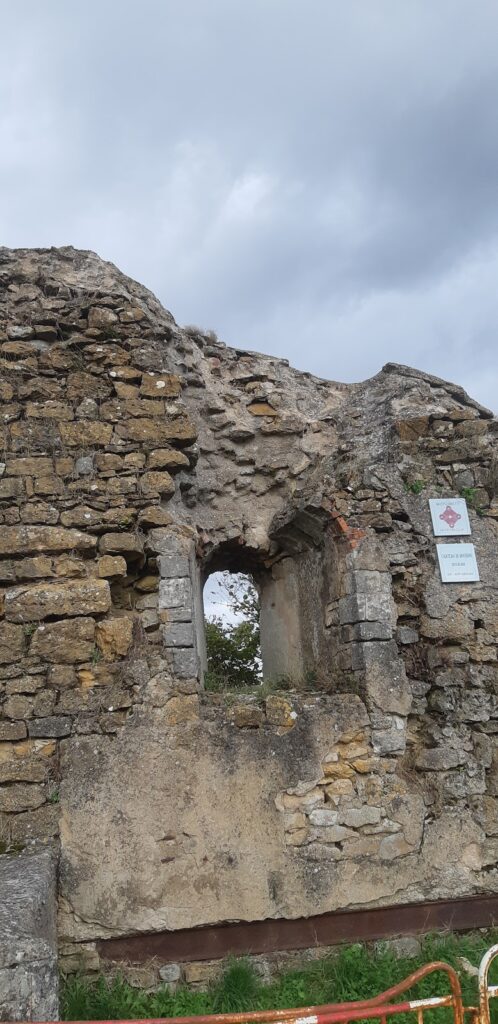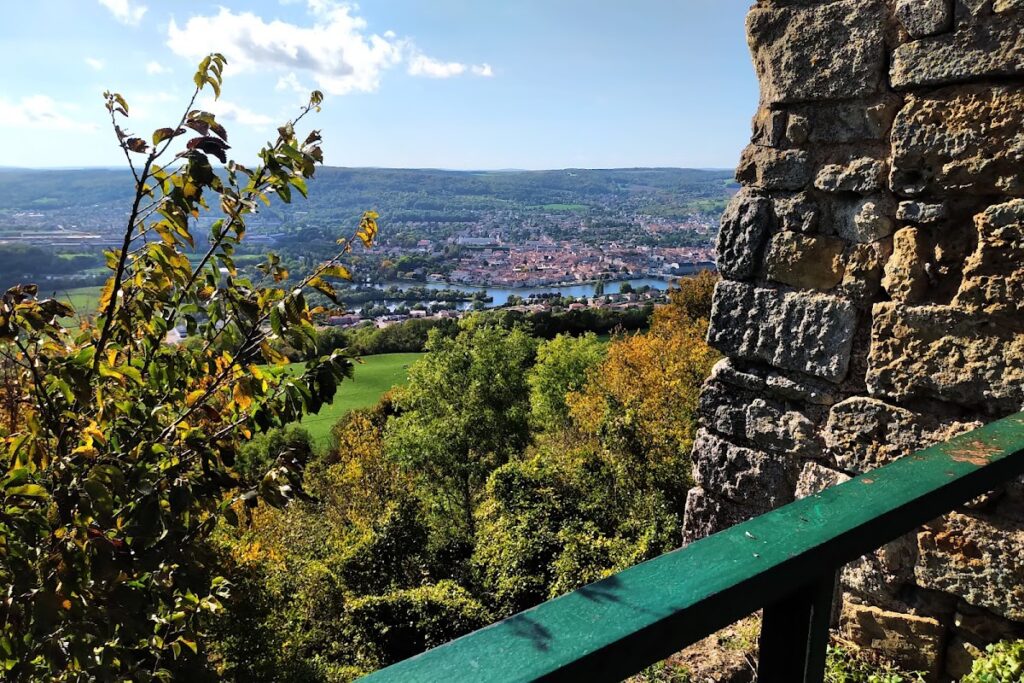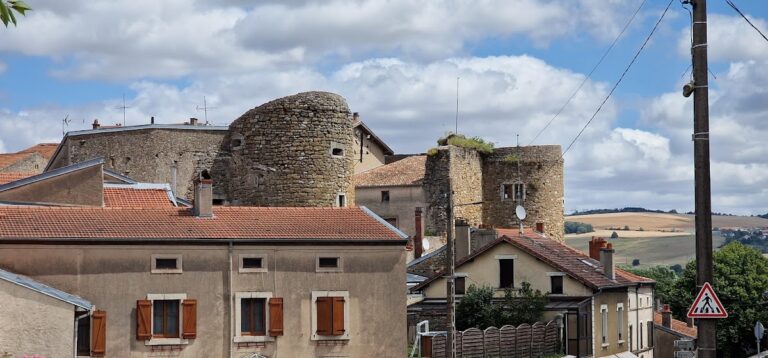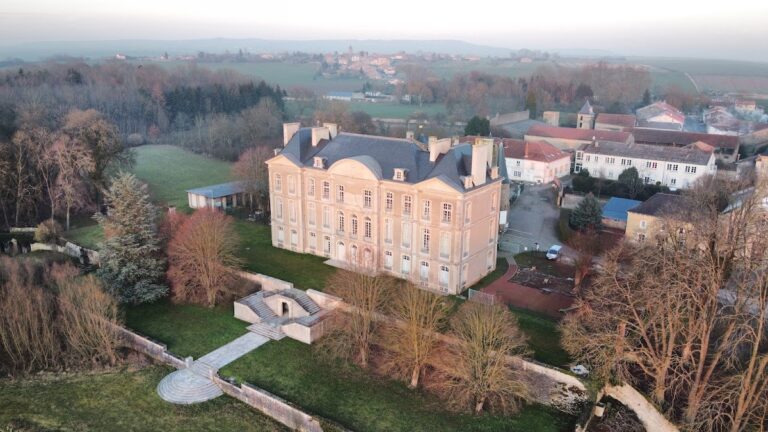Château de Mousson: A Medieval Fortress in France
Visitor Information
Google Rating: 4.5
Popularity: Low
Google Maps: View on Google Maps
Official Website: visitgrandest.com
Country: France
Civilization: Unclassified
Remains: Military
History
The Château de Mousson sits atop a hill in the commune of Mousson, located in present-day France. It was constructed during the medieval period by the inhabitants of the region, under the authority of local feudal rulers.
The fortress first appears in historical records in 948 when it was noted as a possession of King Louis IV of Outremer. In the early 11th century, following the division of the Scarponensis pagus—a territorial district of the time—the site became the seat of the Counts of Mousson. These counts managed the strategically significant Roman road connecting Dijon and Metz, controlling traffic and collecting tolls at the nearby settlement of Pont-à-Mousson. This function highlights the castle’s role in regional administration and economic oversight.
Throughout the Middle Ages, the castle formed a central part of the County of Bar, which later rose to the status of a duchy. It came to represent the autonomy and defiance of the Lorraine region against encroaching French royal power. This tension culminated in the 17th century during the reign of King Louis XIII. In 1633, as French forces occupied the Duchies of Bar and Lorraine, local residents, under military duress and likely to deny the castle’s strategic use by the occupiers, destroyed the fortress by deliberate mining and undermining efforts. Since then, the site has endured centuries of ruination.
Official recognition of its historic value came in 1932, when the ruins were designated as a protected monument. In recent years, particularly starting in 2018, preservation efforts have been reinforced by collaborations with heritage organizations, aiming to maintain the remains and acknowledge the site’s layered past.
Remains
The remains of Château de Mousson are found atop the broad, flattened summit of the Mousson hill, overseeing the valleys of the Seille and Moselle rivers nearly 205 meters below. The site is defined by an oval stone enclosure roughly 100 meters in length and 65 meters across at its widest point. This enclosure once surrounded the castle’s main residential quarters and internal chapel, indicating its dual role as a noble residence and religious space.
Constructed in sturdy masonry, the walls enclosed an area that combined living areas with spiritual functions, typical of medieval fortresses that integrated daily life with worship. Below the hill, about 30 meters down the slope, the village of Mousson spreads in a crescent form towards the north, east, and south, itself protected by a defensive wall that marks the settlement’s historic boundary.
The castle bears visible scars from its past. Years of warfare, natural decay, and especially the intentional destruction in the 17th century have left the structure heavily damaged. The demolition employed mining and sapping techniques—methods involving digging under walls to cause collapse—which devastated much of the original construction.
Today, the ruins remain under communal ownership and have been adapted with a “fountain of light” installation, preserving the site’s atmospheric qualities. The pathway of the GR5 long-distance trail crosses the area, connecting this historical landmark with the wider landscape. The castle’s remnants thus continue to stand as a tangible witness to its complex history and changing role through centuries.










